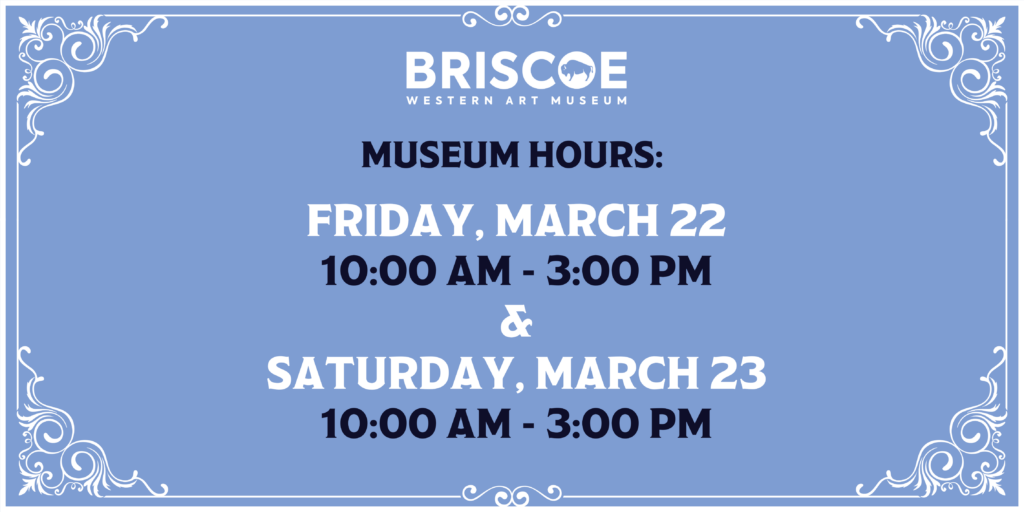Pop Art and the New West

Yesterday the Sky was Blue – 2013
Oil on linen
The question of what is Western art is always complex. Though most commonly identified with realistic representations of cowboys and Native Americans, modernists who found inspiration in the landscape and the issues that threaten it have also found meaningful ways to express their sense of identity within the West. One of those ways has been through the lens of Pop art.
Although Pop art emerged in Britain in the late 1940s, the movement is arguably most associated with the American pop artists working in New York in the 1960s such as Andy Warhol and Roy Lichtenstein. Artists throughout the world drew upon popular imagery, while other modern art movements—such as abstract expressionism—were notable for eschewing representational or identifiable imagery, Pop art instead reestablished a respectability for representational art.
Modern artists who focus on Western themes have also extended the Pop art movement to their genre. Despite the apparent dissonance between the modernity of the mid to late twentieth century and the oft-emphasized nineteenth century in Western American art, the movement and themes have proven surprisingly compatible due to the universal appeal of the Old West. Film, television, comic books, and other forms of popular media throughout the twentieth century have advanced the cause of the “West of the Imagination” or the Old West as people have come to view it. The regional themes and undeniable popularity have prompted some of our Night of Artists participants, like Billy Schenck, R. Tom Gilleon, and Logan Maxwell Hagege, to respond with their own dynamic interpretations of a new West.
Hagege’s painting Yesterday the Sky was Blue(below), from the Briscoe Museum’s permanent collection, speaks to environmental change. Nature, wildlife and the environment have remained favored themes in Western art. The earliest examples of environmental art in the American West stem from landscapes and representational paintings of wildlife. At its core, the West is a landscape; a tangible, physical space that encapsulates the plains, mountains, deserts and rivers of western North America. The breadth and diversity of geographic features inspired transcendentalist painters like Albert Bierstadt and Thomas Moran to represent sublime western landscapes as untouched wilderness temples. Transformed by suburbanization, battered by drought, and rearranged by public land disputes, the West reflected in Hagege’s painting shows a group of Native Americans, each representing a different period from the Native past to the present, looking out at a brown sky and clouds marred by the output of modern industrial waste. This piece speaks to that landscape that was, and what it is now; it also begs the question, what will it become?
This blog entry was written by our Curator of Collections, Ryan Badger. Ryan has been at the Briscoe for two years and his primary focus as Curator of Collections is bringing the stories of the Briscoe to life through the curation of the collection.
BECOME A MEMBER
Help us bring the spirit of the West alive by becoming a Briscoe Partner!
Click here to become a member!
SUPPORT THE MUSEUM
Governor Dolph Briscoe and his wife Janey envisioned a Museum that would preserve the stories and traditions of the American West.

